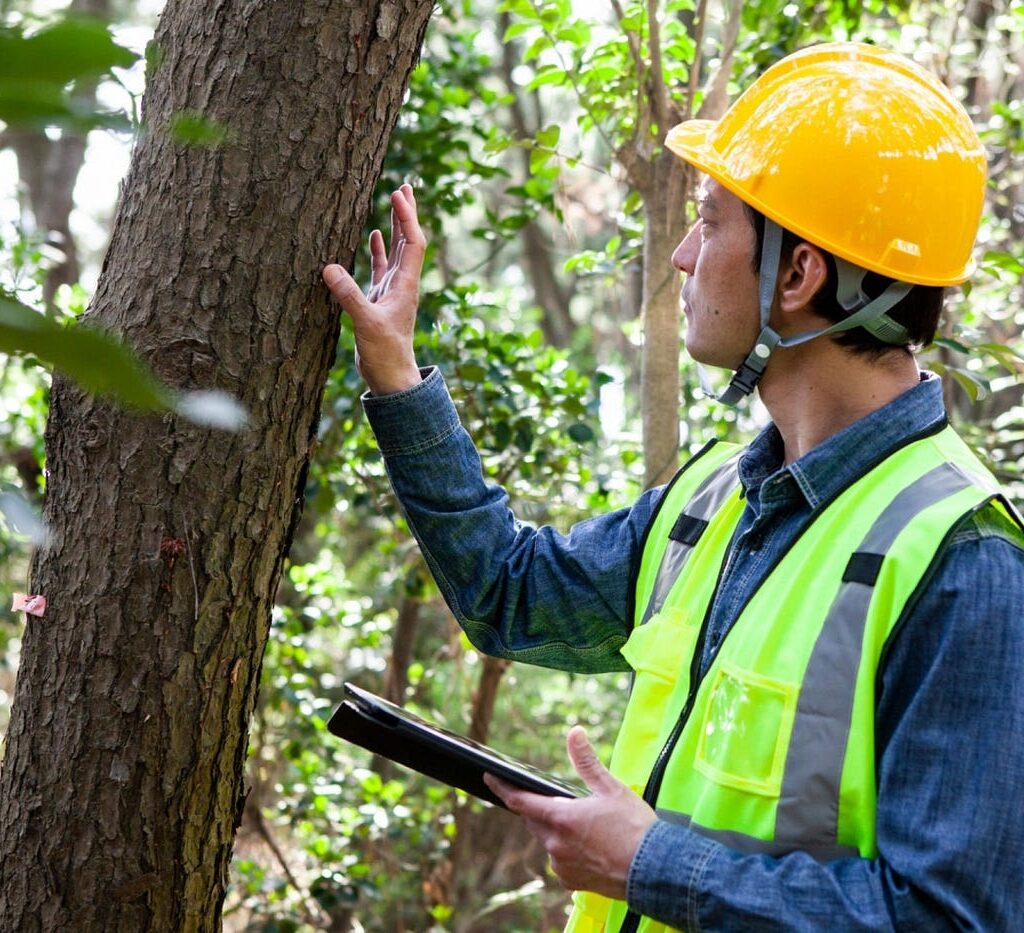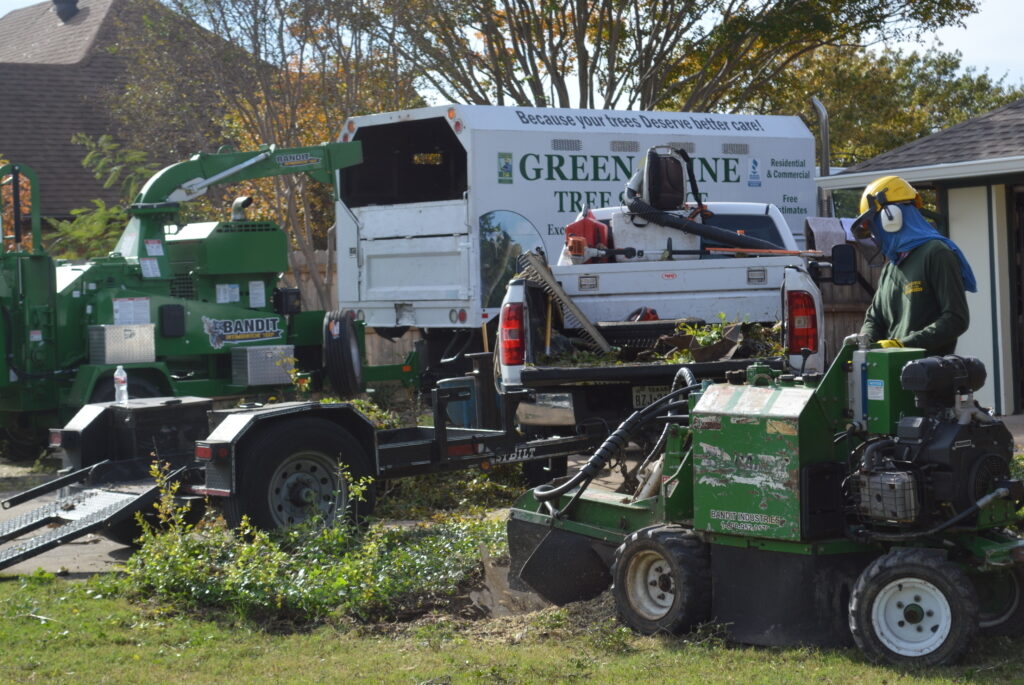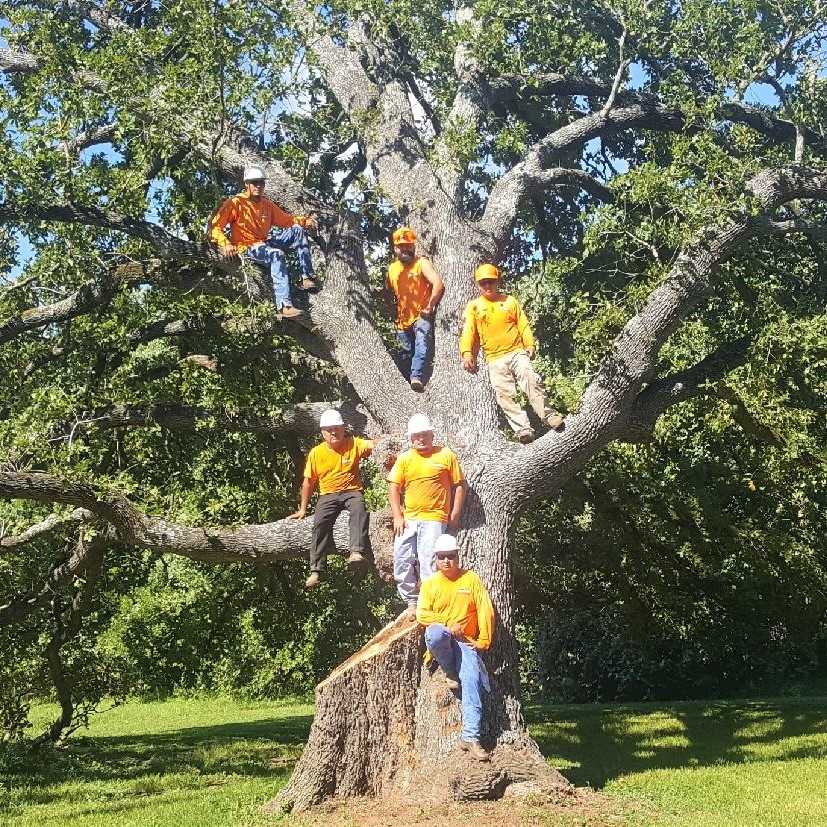Tree Health Consultation: A Complete Guide to Maintaining Your Green Friends
Introduction
Trees are more than just a part of our landscape; they’re living, breathing entities that contribute to the health of our environment, offer shade, and enhance the beauty of our surroundings. But just like any living organism, trees need care and attention to thrive. This is where tree health consultation comes in.
What is Tree Health Consultation?
Tree health consultation is a professional service where an arborist or tree care specialist assesses the condition of your trees, identifies any health issues, and recommends treatments to ensure their longevity and vitality. Think of it as a check-up for your leafy friends!
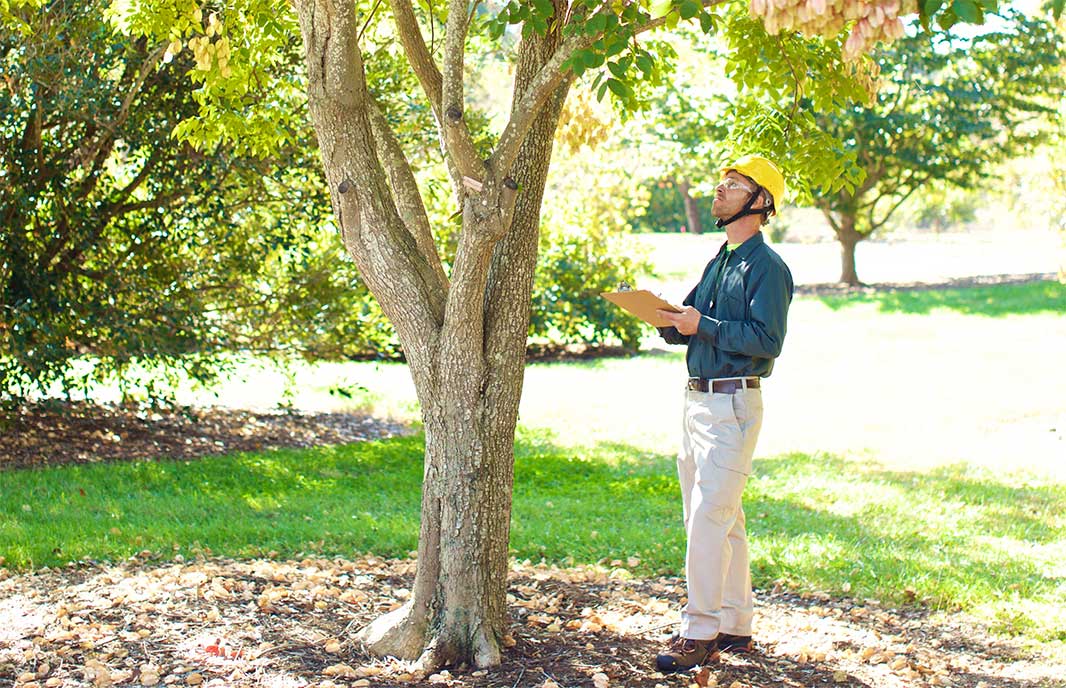
Why Tree Health Matters
Healthy trees contribute to a balanced ecosystem, providing oxygen, reducing carbon dioxide, and supporting wildlife. They also add value to your property and create a pleasant environment. But without proper care, trees can become sick, dangerous, or even die, leading to costly removals or safety hazards.
Understanding Tree Health
Signs of a Healthy Tree
A healthy tree typically has vibrant, green leaves, strong branches, and a solid trunk. The bark should be intact and free of wounds, and the root system should be stable. Healthy trees also exhibit consistent growth patterns and produce fruit or flowers if they’re supposed to.
Common Tree Health Issues
Trees can suffer from a variety of health problems, including diseases, pest infestations, nutrient deficiencies, and structural issues. Early detection of these problems is crucial to prevent further damage and ensure the tree’s survival.
The Importance of Professional Tree Health Consultation
Why You Should Consult an Arborist
An arborist is a trained professional who understands the complexities of tree biology and health. They can diagnose issues that might not be obvious to the untrained eye and recommend treatments that are both effective and safe for the environment.
DIY vs. Professional Consultation
While some tree care tasks can be done on your own, like watering and basic pruning, more complex issues require professional expertise. A professional consultation ensures that your trees receive the right care, tailored to their specific needs.
Steps Involved in a Tree Health Consultation
Initial Assessment
The first step in a tree health consultation is a thorough assessment of the tree’s overall condition. The arborist will examine the leaves, branches, trunk, and roots, looking for signs of distress or disease.
Diagnostic Testing
If the initial assessment reveals potential problems, the arborist may conduct diagnostic tests, such as soil analysis or pest identification, to determine the exact cause of the issue.
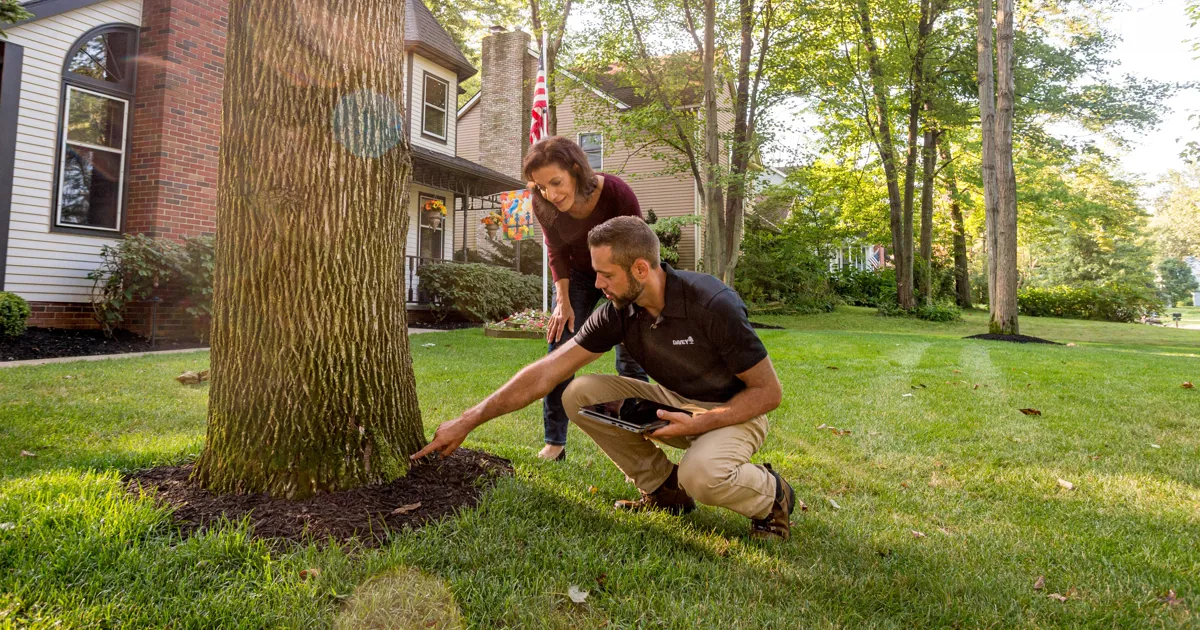
Treatment Recommendations
Based on the assessment and testing, the arborist will recommend treatments, which may include pruning, fertilization, pest control, or other interventions. These recommendations are tailored to the specific needs of your tree.
Common Tree Health Problems and Solutions
Pests and Diseases
Insects and diseases are common threats to tree health. Treatments may include insecticides, fungicides, or natural remedies, depending on the severity of the problem.
Nutrient Deficiencies
Trees require a well-rounded supply of nutrients to flourish. Nutrient deficiencies can lead to poor growth, discoloration, and other health issues. Soil testing and targeted fertilization are often recommended to address these deficiencies.
Structural Problems
Structural issues, such as weak branches or a compromised root system, can make a tree unstable and dangerous. Pruning, bracing, or even cabling may be necessary to support the tree’s structure and prevent accidents.
Tree Health Maintenance Tips
Regular Inspections
Regularly inspecting your trees can help catch problems early, before they become severe. Look for signs like wilting leaves, unusual growth patterns, or visible pests.
Proper Watering Techniques
Overwatering or underwatering can both harm trees. The right watering technique depends on the tree species, soil type, and climate. Generally, deep watering at the root zone is more effective than frequent, shallow watering.
Pruning and Trimming
Proper pruning helps maintain a tree’s shape, removes dead or diseased branches, and promotes healthy growth. It’s essential to prune at the right time of year and use the correct techniques to avoid damaging the tree.
The Role of Soil in Tree Health
Soil Quality and Its Impact
The quality of the soil directly affects a tree’s health. Poor soil can lead to nutrient deficiencies, root problems, and reduced growth. Ensuring your trees have access to rich, well-draining soil is crucial for their health.
Environmental Factors Affecting Tree Health
Climate Considerations
Different tree species thrive in different climates. Understanding the specific needs of your trees in relation to your local climate can help you provide the best care. For instance, some trees may need extra water during dry spells, while others may be more tolerant of drought.
Tree Health and Safety
Preventing Tree Hazards
Unhealthy trees can pose significant hazards, especially during storms or high winds. Regular inspections and prompt treatment of any issues can help prevent accidents and ensure the safety of your property and those around it.
Tree Health in Public Spaces
Trees in public spaces, such as parks or streets, require special attention due to their proximity to people and infrastructure. Regular maintenance and health checks are essential to ensure these trees remain safe and healthy.
Selecting Disease-Resistant Varieties
When planting new trees, consider selecting disease-resistant varieties. These trees are bred to withstand common local diseases, reducing the risk of future health problems.
Aesthetic and Property Value
Healthy, well-maintained trees enhance the aesthetic appeal of your property and can even increase its value. A lush, green landscape is a major selling point for any home.
Is It Worth the Investment?
Investing in tree health consultation is a proactive way to protect your trees and property. By addressing issues early, you can avoid costly removals, replacements, and potential property damage.
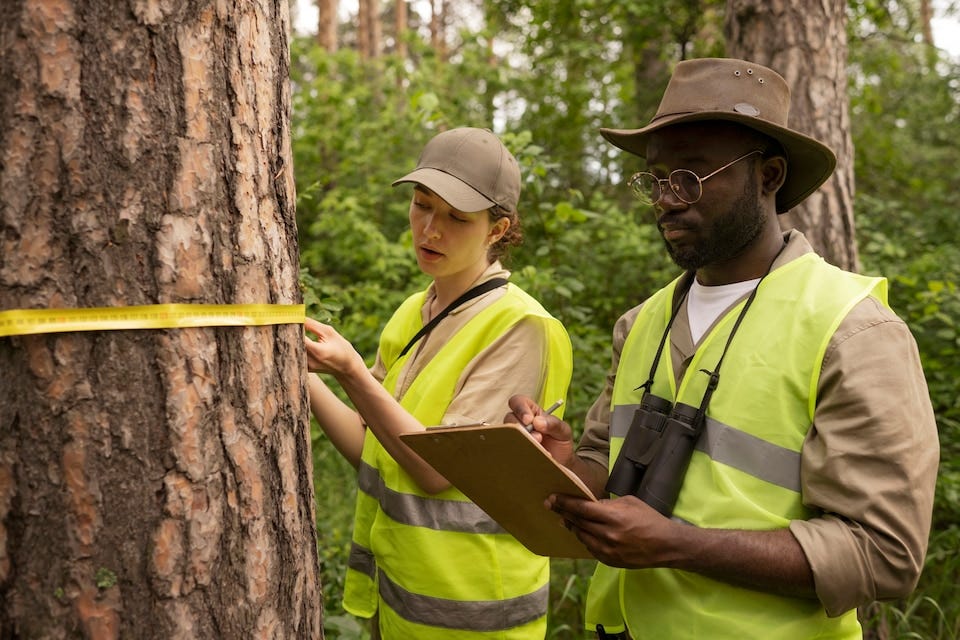
How to Find a Qualified Tree Health Consultant
What to Look for in an Arborist
When choosing a tree health consultant, look for certifications, experience, and positive reviews. A certified arborist has the training and expertise to provide reliable advice and care.
